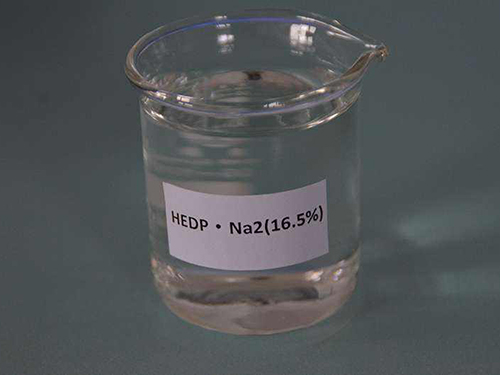polyaluminum chloride msds
Understanding Polyaluminum Chloride Safety and Handling Considerations
Polyaluminum chloride (PAC) is a widely used inorganic polymer that serves as a coagulant in water treatment processes. It is particularly effective in purifying drinking water and treating wastewater due to its high efficacy in removing organic materials, turbidity, and other impurities. However, like any chemical substance, it is essential to understand the safety and handling precautions associated with PAC, as outlined in its Material Safety Data Sheet (MSDS).
Chemical Composition and Properties
PAC is primarily composed of aluminum chlorides and hydroxides, creating a polymeric structure that enhances its ability to interact with various contaminants. It appears as a white to yellowish powder and is soluble in water, forming a solution beneficial for coagulation processes. The specific gravity of PAC varies depending on its formulation, typically around 1.0 to 1.3, and it generally has a low pH.
Health Hazards
While PAC is effective in water treatment, exposure to this chemical can pose health risks. The MSDS categorizes PAC as a moderate health hazard. Potential routes of exposure include inhalation, skin contact, and ingestion. Symptoms of exposure can range from mild irritation of the skin and eyes to respiratory issues if inhaled in significant quantities. It is crucial to wear appropriate personal protective equipment (PPE), such as gloves, goggles, and respiratory protection, when handling PAC.
polyaluminum chloride msds

Environmental Considerations
PAC is considered environmentally friendly compared to other coagulants, but it is essential to prevent it from entering waterways. The MSDS emphasizes proper disposal methods and adherence to local regulations to mitigate any environmental impact. Accidental spills should be contained and cleaned up promptly, using precautions to prevent further contamination.
Handling and Storage
When storing PAC, it should be kept in a cool, dry place away from incompatible substances such as strong bases or oxidizers. Containers should be tightly sealed to prevent moisture absorption and contamination. Additionally, employees handling PAC should be trained in the correct handling procedures and emergency response actions in case of accidental exposure or spills.
Conclusion
Polyaluminum chloride is an invaluable chemical in the water treatment industry, offering numerous benefits in purifying water. However, safety cannot be overlooked. Adhering to the guidelines specified in the MSDS ensures that PAC can be used effectively while minimizing potential health and environmental risks. Through proper handling, storage, and emergency planning, users can ensure a safe working environment while taking advantage of this advantageous coagulant.
-
Pbtc Scale InhibitorPBTC: A Scale Protector for Industrial Water TreatmentNewsAug.05,2025
-
Organic Phosphonate: An Efficient Defender in the Field of Scale InhibitionNewsAug.05,2025
-
Hydrolyzed Polymaleic Anhydride: Green Pioneer in Scale Inhibition FieldNewsAug.05,2025
-
PAPEMP Polyamino Polyether Methylene Phosphonic Acid For SaleNewsAug.05,2025
-
Flocculant Water Treatment: A Pioneer in Purification in the Field of Water TreatmentNewsAug.05,2025
-
Benzyl Isothiazolinone: An Efficient and Broad-Spectrum Antibacterial Protective GuardNewsAug.05,2025





